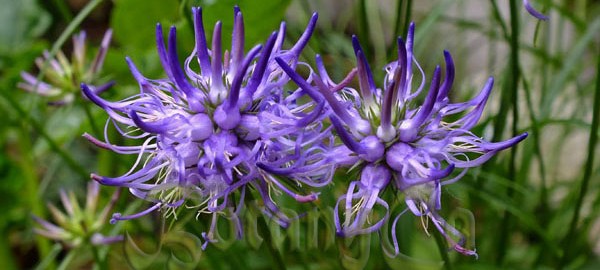I think some are imagining that trying to open a business of selling wild collected seeds is a breeze – happily wandering in fields and mountains and grabbing here and there whatever comes under your eyes. Well, very far away from the truth. For example, who would think about stumbling into a massasauga rattlesnake (the only venomous snake in Ontario), while collecting Polygala paucifolia seeds!
The timing to collect Polygala is almost impossible; the fruiting/seed setting is usually low and then the seeds are equipped with elaiosomes that ants will carry away very fast. So, there is no wonder that seeds are almost never offered and, although desirable, neither are the plants! Looking at the flowers, you understand why all this is worthwhile!
My germination trials with Polygala seeds showed that dry stored seeds in the fridge, sown in the spring germinate very well, and also the seedlings are developing very well. Seeds stored moist-cold, germinate later and in a lower percentage.

-
Polygala paucifolia seedlings – germination 95%; they may look small size but remember that this is a little plant
PS. Keep your eyes wide open when hiking in the rattlesnake habitat! When moving, it makes a low rattle noise to make you aware, but when standing still it is very well camouflaged and it doesn’t rattle. They give birth to live baby-snakes, finger-size but already venomous! It is designated a species at risk in Ontario – more about it on Reptiles and Amphibians of Ontario website.















































































































